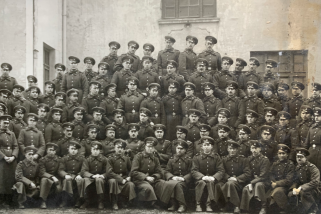Hungary As a Sport Superpower: Football from Horthy to Kádár, 1924-1960
Lorenzo Venuti What role has football (and sport in general) played in Hungarian foreign policy? Was there a continuity between the inter-war period and communism? Are foreign politics and sporting diplomacy synonyms? This book tries to provide answers to these questions through a careful examination of documents of the Hungarian Foreign Ministry and Hungarian newspapers, supplemented by documentation from several European countries....


















